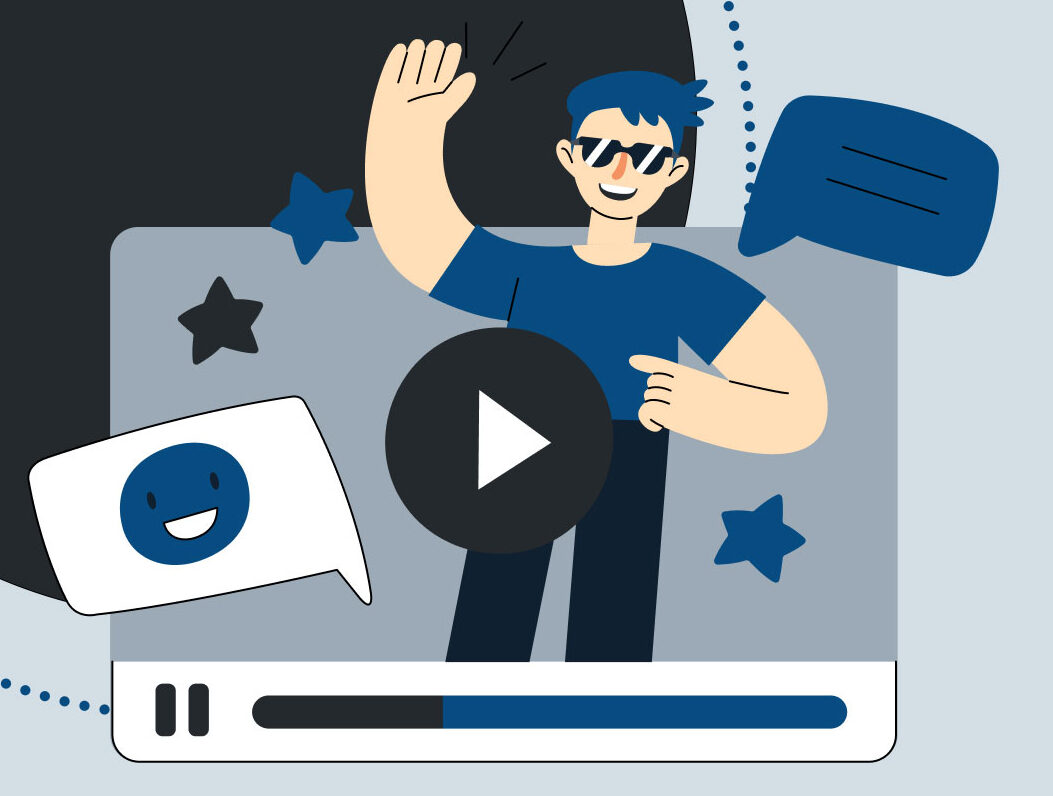
We are in the era of content creators and influencers. It is now appropriate to consider these titles professional, a ‘real’ job which people can live off of. How did this shift begin? First, we can look at the trends in video culture over the last few years that have led to the emergence of online creators. Trends are what drive social media platforms and those creators to succeed. Let’s get into it.
We’ve seen this before with celebrities and their fanbases. Parasocial relationships have shown that the interactions with famous people and their audiences can both be influential and dangerous. It begs the question; how close is too close? However, in this era, creators on platforms like Youtube and Tiktok have virtually no fear of parasocial relationships. They have easy access to their viewers through comment sections, live streams, and organized meet-and-greets. This trend has changed video culture in how creators address their audiences–not as viewers, but as friends.
Yes, and no. There are strategies in which young people (mostly Gen Z) exhibit every day on their platforms that purposely aim at growing their audiences, heightening their view count, and attaining those creator-audience relationships. Really, these are highly professional skills of marketing, communications, video editing, photography, and more. If you nail all of the little things that it takes to “make it”, then the job can be yours. The rate at which creators are building platforms for themselves is high and driven, making it seem like virtually anyone can do it, too. This is especially true from across platforms, as campaigns using two or more video formats were more likely to see ad recall and brand awareness lift than those using only one.
Within this world of video and creator culture comes ads and affiliate marketing. Brands collaborate with influencers to promote their products all the time. If anything, viewers are constantly skeptical if a post is sponsored, or if that famous makeup guru actually likes the new Charlotte Tilbury Flawless Filter Foundation. Tools like the trim video tool uses other applications like Google AI to create short ads from a longer video ad. While scrolling on Tiktok, whether the creator is sponsored or not, that condensed 6-second ad will probably pop up automatically.
Plus, AI is used to help people have easier access to the videos they search for. For instance, turning to technology for creative prompts, suggested accounts, or producing visuals for a creator’s very own audio track.
Another aspect of content creation on various platforms is visibility. To be open and truthful as a creator is your biggest strength and most difficult weakness, too. Social Media Collective writes, “For those who occupy a position of marginality (eg., women, people of colour, and the LGBTQ+ community), visibility can also be a source of vulnerability. For these content creators, their marginality is often integral to their brand.” This is a trend that proves how online content creation is essentially a never-ending job of relating, and being relatable.
Google acknowledges the shift as well, specifically, the increase of appetite among young views for intriguing work, and more ways to make the work accessible to them across platforms and devices. Don’t fall behind on the trend, contact UV Designs with any questions relating to online content creation.